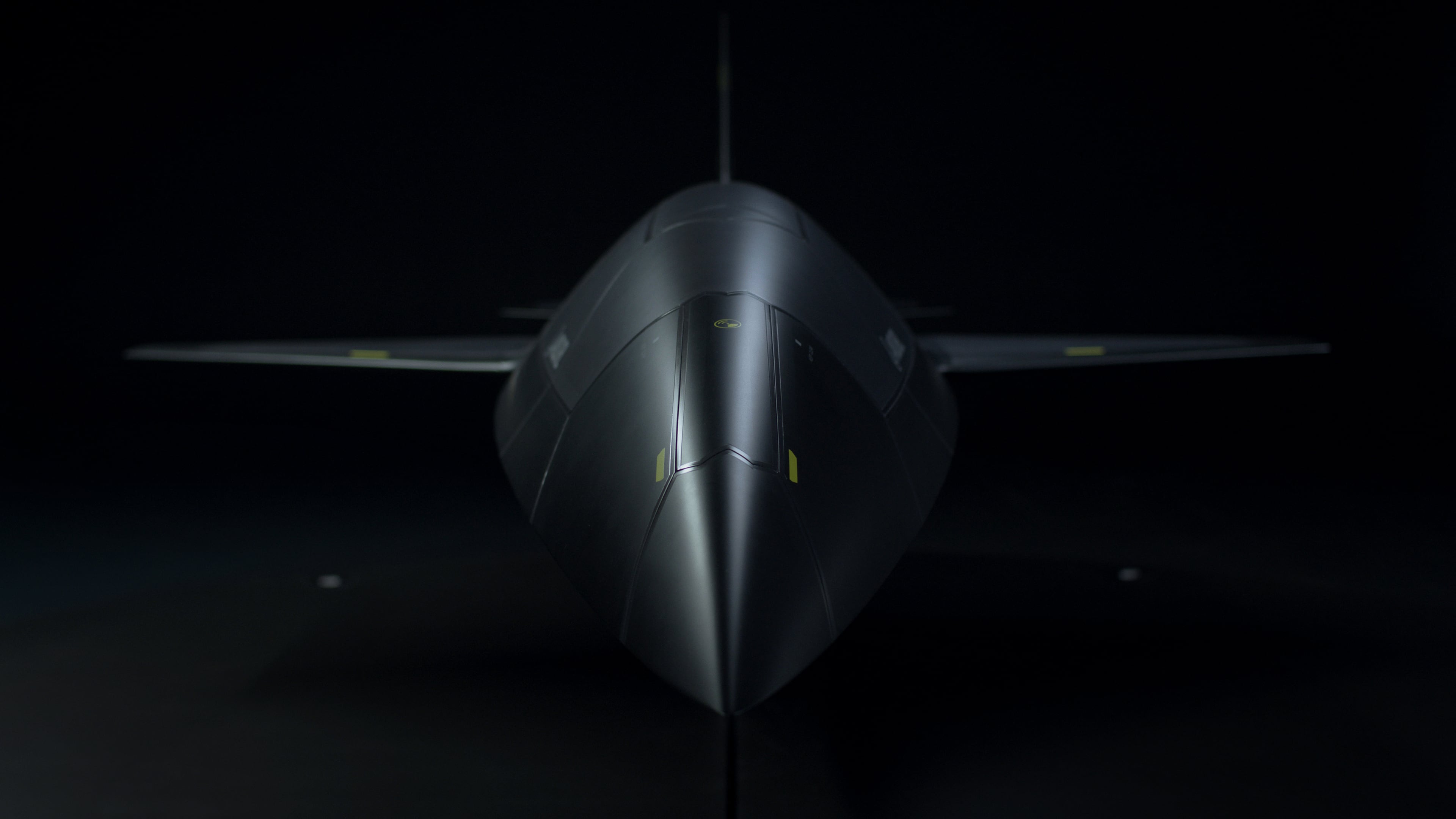WASHINGTON — Defense technology company Anduril Industries agreed to acquire Blue Force Technologies, a maker of uncrewed aircraft based in North Carolina.
Anduril didn’t disclose the terms of the deal, which it announced Sept. 7. Chief Strategy Officer Christian Brose told C4ISRNET that Blue Force’s emphasis on UAV hardware development and digital engineering aligns well with Anduril’s investments in mission autonomy software and its vision to field large quantities of uncrewed systems.
“The acquisition of Blue Force Technologies and the additional investment that we will provide to scale up the work that team is doing, as well as the future work that we’re already starting to do together — all of that is something we believe in to our core,” Brose said in an interview.
Blue Force has been developing its Fury uncrewed system, which is designed to perform fighter aircraft-like missions. Anduril in May unveiled its Lattice for Mission Autonomy software platform, a hardware-agnostic capability that can link various autonomous systems to perform complex operations.
Anduril’s acquisition of Blue Force follows its purchase in June of solid rocket motor manufacturer Adranos, significantly broadening the six-year-old technology firm’s scope. Brose said the company is at the “beginning of our journey,” and hinted at future acquisitions.
“It all is in the service of this vision of a larger scale, larger quantity fielding of autonomous capabilities in all domains,” he said. “We’re going to continue that journey, not just through the work that we’re doing at present in terms of autonomous undersea vehicles and now autonomous fighter aircraft and solid rocket motors and weapons and loitering munitions, but additional things that are yet to come.”
The company’s near-term growth comes as Congress and the Pentagon emphasize the need to field large quantities of commercially available systems, particularly drones and AI capabilities.
Deputy Defense Secretary Kathleen Hicks unveiled Replicator, a plan to field thousands of attritable drones over the next two years, late last month. The Defense Innovation Unit — which helps push commercial technology to DoD users — is crafting a plan to deliver off-the-shelf tech in larger quantities. And House lawmakers are pushing for $1 billion in the fiscal 2024 spending bill to fund a “hedge portfolio” made up of commercially available systems like low-cost drones and satellites and agile communication nodes.
“A lot of the moves that are emerging in this year’s legislative cycle are incredible, the Replicator initiative is fantastic,” Brose said. “Of course, the devil is going to be in the details, making sure that the department completes the swing, that it requests the right amount of resources, that it’s not just kind of putting old wine in new bottles.”
In the coming months, he said he’ll be closely watching DoD’s plans to procure Replicator drones and create incentives for “a different kind of industrial base” to meet its needs.
“The only thing that is going to matter in that respect is the amount of resources the department and the Congress are committing to the procurement of these types of systems,” Brose said.
As for Anduril’s role in the department’s vision, Brose said he thinks the company has a lot to contribute.
“It seems very clear that this is where we want to go,” he said. “We’re going to do everything in our power to help them get there.”
Courtney Albon is C4ISRNET’s space and emerging technology reporter. She has covered the U.S. military since 2012, with a focus on the Air Force and Space Force. She has reported on some of the Defense Department’s most significant acquisition, budget and policy challenges.








